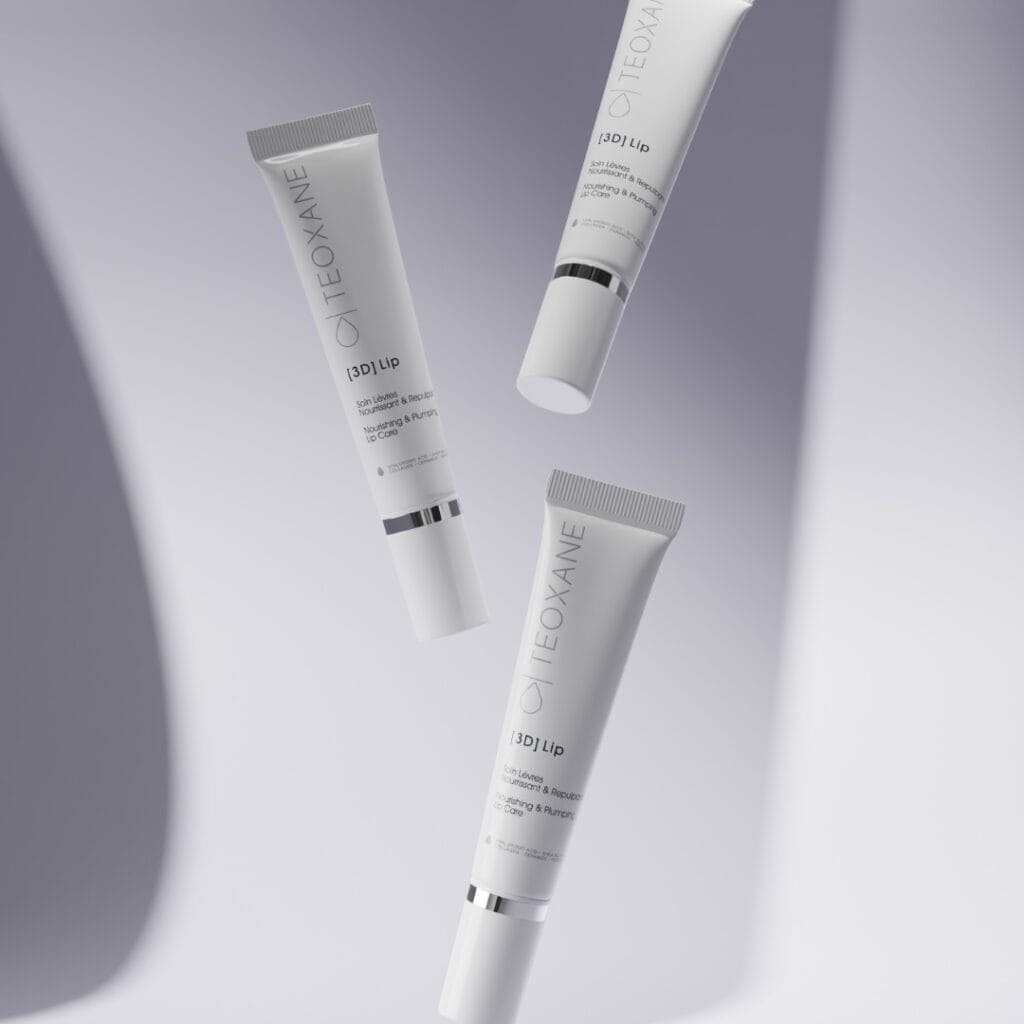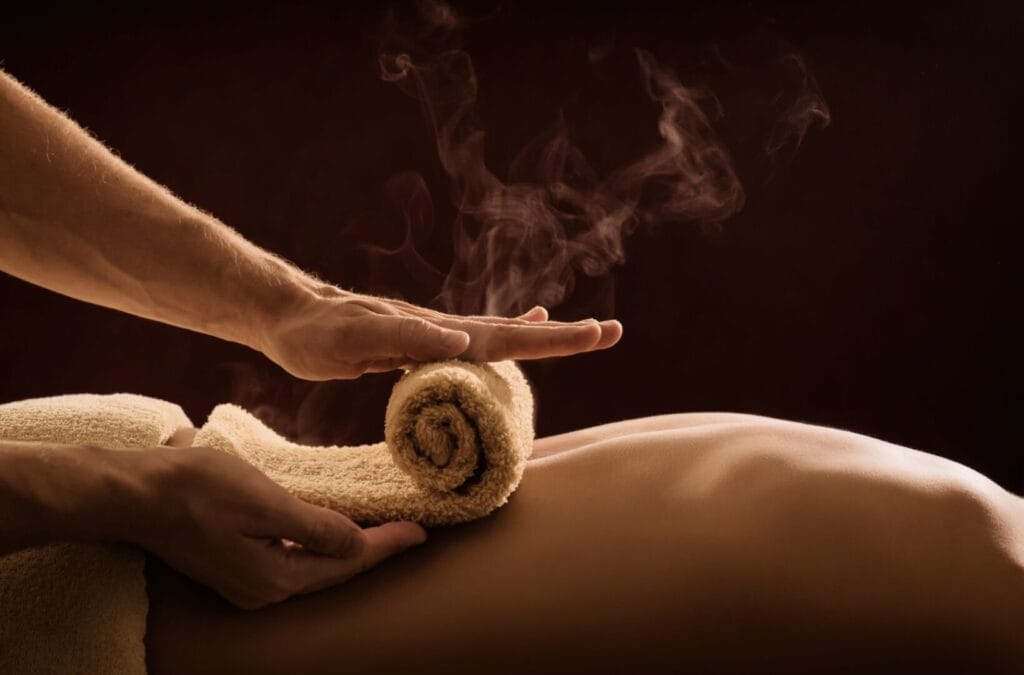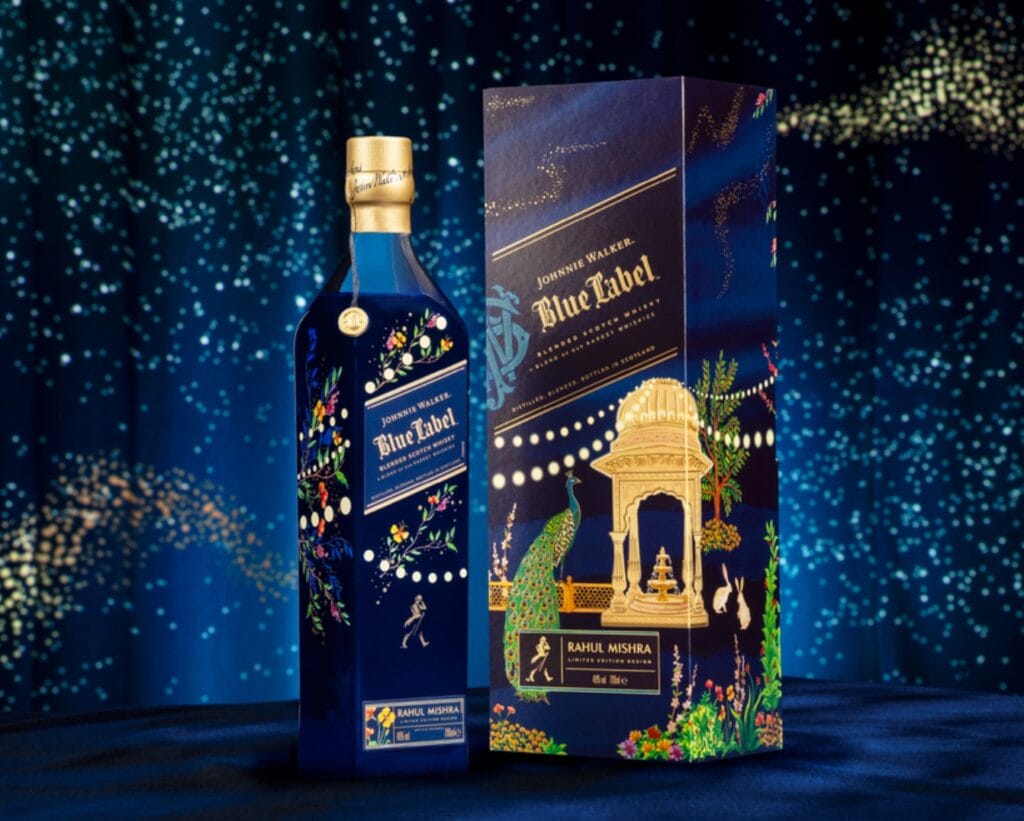Louise Trotter’s debut for Bottega Veneta has been one of the most anticipated moments of the season, and her Spring/Summer 2026 collection showed exactly why. It wasn’t about spectacle or shock value. Instead, it was about clarity. She delivered clothes that feel powerful but grounded, wearable but still special, with just enough experimentation to remind everyone that a new perspective is at the helm.
The show opened with sharp tailoring. Black coats, fluid leather dresses, and boxy blazers set the tone, grounding the collection in structure. From the beginning, Trotter made it clear she wasn’t abandoning Bottega’s heritage of leather, tailoring, and woven accessories, but she was loosening it up. A navy coat paired with flowy trousers balanced precision with ease, while oversized trenches and clean white shirting softened the edges.
There was a throughline of menswear and womenswear blending together. Long coats in dark wool, crisp white shirting, and relaxed trousers brought a gender-fluid polish. Even the styling leaned into contrasts, with sharp blazers layered with shorts or skirts and oversized bags paired with fitted coats. It was Trotter taking Bottega’s codes and giving them room to breathe.

Dresses arrived early, styled with a casual refinement. Strapless and off-shoulder shapes felt modern and easy, glamorous but not fussy. A white dress with ballooned volume at the hem highlighted how Trotter plays with proportion, while black silk versions gave the same mood in a sharper tone. These weren’t gowns meant to sit in a closet; they felt lived, touchable, meant for movement.
Texture came in slowly, then all at once. Long ivory knits gave way to feathered and fringe-detailed pieces that added a tactile edge. A dramatic shaggy coat in deep black and a pale raffia-like wrap reminded everyone that craft and surface are central to Bottega’s DNA. It was a smart build: tailoring and draping first, texture second, letting the collection evolve naturally.
The midsection leaned heavily into outerwear. Oversized trenches in cream, grey, and camel swept down the runway, often paired with oversized woven bags or clutches tucked casually under the arm. Leather reappeared too, with sculpted jackets and shirts styled with relaxed trousers. These looks reinforced the collection’s focus on wearability without losing its edge. The silhouettes were exaggerated but never theatrical. They felt like clothes designed to work hard, to exist in wardrobes, but also to turn heads.
Then came the real punctuation marks: the shaggy knits. Stormy blue, teal, marigold, and fiery red versions carried the show’s strongest visual punch. These pieces were expressive, optimistic, and unforgettable in motion. Paired with simple skirts or neutral coats, they had space to stand out without overwhelming the collection. Their movement on the runway gave a sense of lightness that played beautifully against the heavier tailoring.

From there, the palette expanded. Early neutrals of black, navy, white, and cream made way for warm yellows, clay, and burgundy. The tonal tailoring looks in beige and soft grey worked as palate cleansers between the stronger textures. Accessories played their part too, with green, red, and yellow bags popping against muted outerwear and highlighting the brand’s ongoing obsession with statement leather goods. The bags were oversized, slouchy, and styled tucked under the arm, giving the impression that functionality and polish can coexist.
The leather pieces in deep burgundy added richness. A bomber with fringe trim, a sculptural wrap dress, and oversized separates embraced Bottega’s heritage without feeling weighed down by it. These were clothes that nodded to the past but spoke in a modern tone. The leather felt softened, not stiff, hinting at how these garments might age beautifully over time.
As the show moved toward its close, the pieces became more sculptural. Skirts layered with shredded feather trim gave volume and movement, often paired with boxy tops or tailored jackets. Sleek navy dresses offered pared-back evening options, showing that Trotter can create drama without overcomplication. She doesn’t need sequins or embellishment to make a point. Shape, texture, and cut do the work for her.
The finale built to a crescendo. Feathered skirts in cream and red introduced the closing palette, followed by a fiery shag sweater and an ivory shag dress. The final gowns, sculptural whites and a bold red, closed the show on a strong, definitive note. They felt ceremonial but never cold, radiating life as they moved. The last red gown had presence without being overwhelming, a reminder that confidence often comes from control rather than noise.

What tied it all together was restraint. Trotter didn’t overcrowd the runway with ideas. Instead, she showed tailoring, texture, and drape, letting each element have its moment. The accessories, from woven totes to oversized clutches with pops of color, kept the focus on Bottega’s craft. The shoes stayed understated, with flats and sandals grounding the collection in practicality. Even the beauty look leaned toward ease: hair worn loose, makeup minimal, ensuring the clothes carried the narrative.
It’s also worth noting what wasn’t there: spectacle. No over-the-top sets, no unnecessary theatrics. The clothes spoke on their own. In a season where noise often drowns out clarity, Bottega’s SS26 felt refreshing in its control. Compared to the louder shows in Milan, where maximalism dominated and designers piled idea upon idea, Trotter’s vision came across as more confident. She doesn’t need gimmicks to get attention; she trusts the craft.
Trotter’s position as the first woman to lead Bottega Veneta adds another layer. While she hasn’t made that the headline of her arrival, you can feel it in the collection. The oversized coats didn’t swallow the models, they felt protective. The off-shoulder dresses didn’t expose for the sake of it, they revealed with intent. There’s empathy in how she cuts, a sense that these are clothes meant to be lived in, not just to be looked at. That female gaze translates into a collection that feels protective and empowering all at once.

For Bottega Veneta, this debut matters because it feels like continuity and renewal at the same time. The house codes are intact: leather, weave, tailoring, craft. But the perspective is new: a little softer, a little looser, and a little more human. It’s luxury without stiffness, expression without excess. This balance may prove to be the direction that modern luxury needs.
It’s also a reminder of why Bottega has always stood apart in fashion. Unlike some Italian houses that thrive on logos and embellishment, Bottega’s story has always been about subtlety, craft, and letting materials shine. Under Trotter, that legacy continues, but it feels more approachable. She shows that subtlety doesn’t mean silence, and restraint doesn’t mean boring.
The takeaway from SS26 is clear. Louise Trotter didn’t come in trying to rewrite Bottega Veneta overnight. Instead, she opened the door. She reminded us why this brand matters and showed us where it can go next. Her debut proves that confidence doesn’t have to be loud. It can be controlled, clear, and quietly powerful.
As the final red gown closed the runway, the message was simple: this is only the beginning. And for me, it already feels like a turning point. This might be my favorite Bottega collection to date.

#BottegaVeneta #LouiseTrotter #SS26 #LuxuryFashion #Tailoring #Texture #RunwayReview #ModernElegance #FashionWeek #StyleLujo
Save Article








